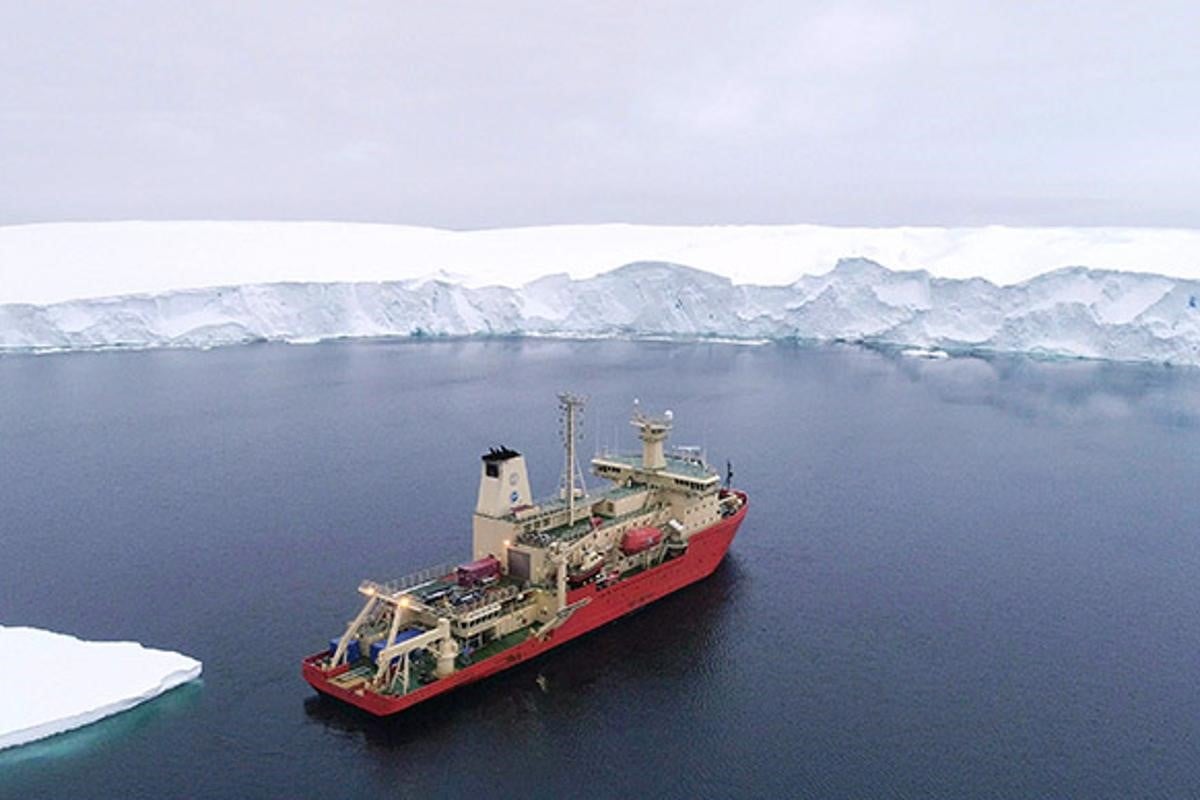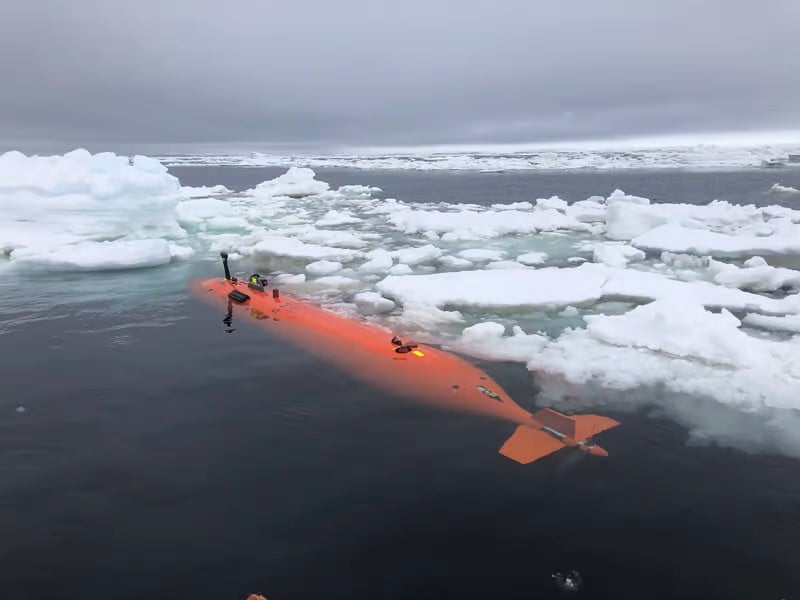
The Thwaites Glacier in West Antarctica, also known as the Doomsday Glacier, has been determined to be “hanging on by its fingernails” due to its melting rate accelerating, with a doubling outflow speed in the last thirty years.
Scientists deployed an advanced robotic submarine to gain a new perspective on the Glacier with the ground-breaking seafloor imagery highlighting its precarious state in concerning new detail.
With an estimated size of Florida, the “Doomsday Glacier” owing to its status as one of the most unstable glaciers in Antarctica, has undergone spurts of rapid retreat in the past that scientists now expect to see again in the future.
The research further revealed that the glacier could have important ramifications for global sea levels owing to its melting rate with some studies suggesting it could be just years away from a complete collapse.
If the expected result of the recent study were to in fact occur in the anticipated time frame, the amount of water released from the giant ice stream would be enough to drive up global sea levels by several meters.
Recent research identifies Doomsday Glacier “hanging on by its fingernails”
Although the Thwaites Glacier is known to be in a phase of fast retreat, the new research led by marine geophysicists at the University of South Florida revealed it might be faster than we realize.
Robert Larter, a marine geophysicist and study co-author from the British Antarctic Survey further said that Doomsday Glacier is really holding on today by its fingernails with expected changes soon.
“Thwaites is really holding on today by its fingernails, and we should expect to see big changes over small timescales in the future—even from one year to the next—once the glacier retreats beyond a shallow ridge in its bed,” he said.
In 2019, the team sent an advanced underwater robot loaded with imaging sensors on a twenty-hour mission to map the seabed in front of the glacier, but it did not yield much data.
However, for the first time ever, extreme summer conditions and lack of sea ice enabled scientists to access this section of the seafloor.
The section bears a resemblance to another research expedition from 2020 in which scientists sent a robotic sub to inspect the Thwaites Glacier’s grounding line, the point where the seafloor meets the ice, to assess its stability.

Antarctica’s Glacier Seafloor ribs noticed to form daily
As scientists matched the ridge formations with tidal cycles, the region revealed that each of these ribs must have been formed every day, enabling the team to draw conclusions about the rate of retreat.
The new study focused on the geography of the seafloor in front of the glacier, mapping a region around the size of Houston and revealing features previously unknown to scientists—most notably a set of 160 parallel ridges formed as the glacier’s grounding line retreated and bobbed upwards and downwards with the shifting tides.
Alastair Graham, the scientist who led the study said, “It’s as if you are looking at a tide gauge on the seafloor…it really blows my mind how beautiful the data are.”
They calculate that at some point in the last two centuries in a duration of five or six months, the glacier retreated at a rate of around 2.1 km (1.3 miles)—twice the retreat rate measured by satellites between 2011 and 2019.
See all the latest news from Greece and the world at Greekreporter.com. Contact our newsroom to report an update or send your story, photos and videos. Follow GR on Google News and subscribe here to our daily email!



